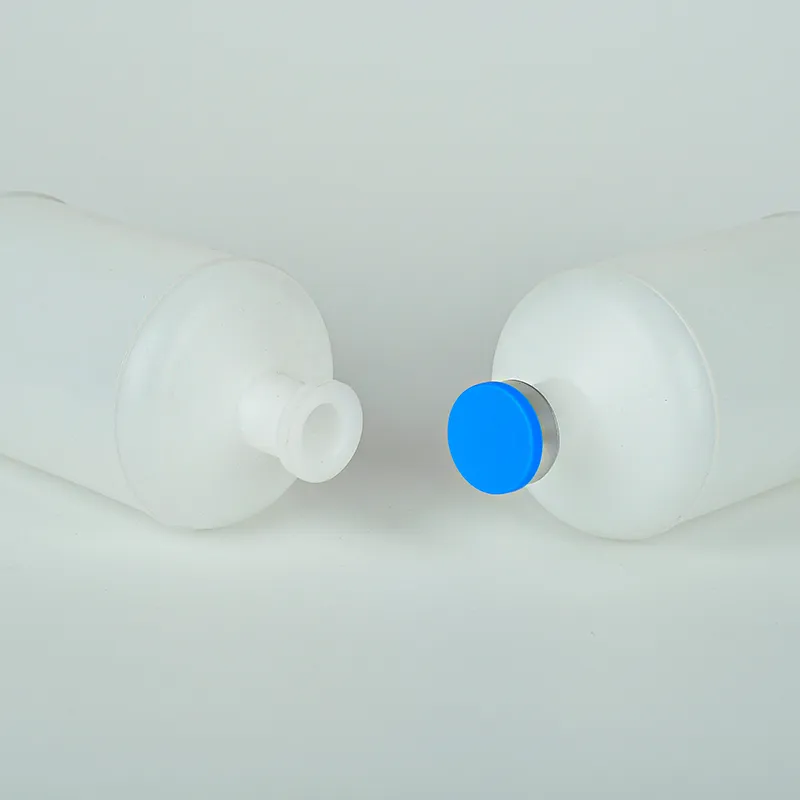https://www.wahmg.com/)">
Exploring Various Petri Dish Sizes and Their Applications in Laboratory Experiments and Microbial Cultures
Exploring Various Petri Dish Sizes and Their Applications in Laboratory Experiments and Microbial Cultures
Understanding Petri Dish Sizes A Comprehensive Guide
Petri dishes are essential tools in microbiology, serving as the primary vessel for culturing microorganisms. Their design is simple yet effective, typically consisting of a shallow, flat, circular container made of glass or plastic, covered with a lid. While they might seem uniform, petri dishes come in various sizes, and understanding these differences is crucial for effective scientific research and experimentation.
Standard Sizes and Dimensions
The most common sizes for petri dishes are 35 mm, 60 mm, and 100 mm in diameter. Each size serves distinct purposes, dictated by the volume of media required, the scale of the experiment, and the type of organisms being cultured.
1. 35 mm Petri Dishes These smaller dishes are ideal for micro-cultures or for experiments requiring less medium volume. They are commonly used in educational settings for basic experiments or in labs where only a small number of cultures are handled. Researchers often utilize these dishes for quick assays, preliminary tests, or for the isolation of single colonies.
2. 60 mm Petri Dishes This medium size is widely used in laboratories for a variety of applications. The 60 mm dish strikes a balance between capacity and ease of handling, making it suitable for routine culturing of bacteria, fungi, and other microorganisms. Its size is convenient for experiments that require more space than the 35 mm dish offers while still maintaining a manageable volume of medium.
3. 100 mm Petri Dishes These larger dishes are favored for more extensive cultures, accommodating a larger volume of growth medium (often up to 30-50 ml). They are particularly useful for growing larger colonies or when working with multiple samples simultaneously. The 100 mm size is also preferred in clinical and research settings for growing specific bacterial strains that require significant growth space, allowing for better observation and analysis.
Factors Influencing Petri Dish Size Selection
petri dish sizes

When selecting the appropriate petri dish size, several factors come into play
- Type of Organism Different microorganisms have varying growth requirements. For example, fast-growing bacteria might need more space to develop adequately, while slower-growing fungi may thrive in smaller cultures.
- Experiment Scale The scale of the experiment can dictate dish size as well. Large-scale experiments may necessitate the use of multiple 100 mm dishes, while smaller, preliminary tests can be conducted in 35 mm dishes.
- Agar Type and Depth The type of growth medium used also affects the choice of dish. Some experiments may require deeper agar, which may not be feasible in smaller dishes.
- Observation and Analysis Needs The need for observation, particularly in phenotypic studies, could influence dish selection. Larger dishes allow for better visualization of growth patterns and colony characteristics.
Conclusion
Choosing the right petri dish size is critical for the success of any microbiological experiment. With sizes ranging from 35 mm to 100 mm, each serves its unique purpose and application within the laboratory. Understanding these sizes and their appropriate applications not only enhances experimental efficiency but also ensures accurate results. As the field of microbiology continues to evolve, petri dish sizes remain a fundamental consideration in research design, proving that even the simplest tools can have a significant impact on scientific discovery.
-
Wholesale Plastic Juice Bottles with Caps 16 oz Options Available Bulk Packaging SolutionsNewsJun.10,2025
-
Laboratory Apparatus Reagent Bottle – Durable & Chemical Resistant Bottles for Safe StorageNewsJun.10,2025
-
Squeezable Dropper Bottles Durable, Leak-Proof & CustomizableNewsMay.30,2025
-
Affordable Plastic Petri Plates Sterile & Disposable Lab-GradeNewsMay.30,2025
-
Eye Dropper Caps Precision 24/410 & Plastic Bottle-Compatible TipsNewsMay.30,2025
-
Affordable Mini Spray Bottle Price & Wholesale Deals Shop NowNewsMay.29,2025





















